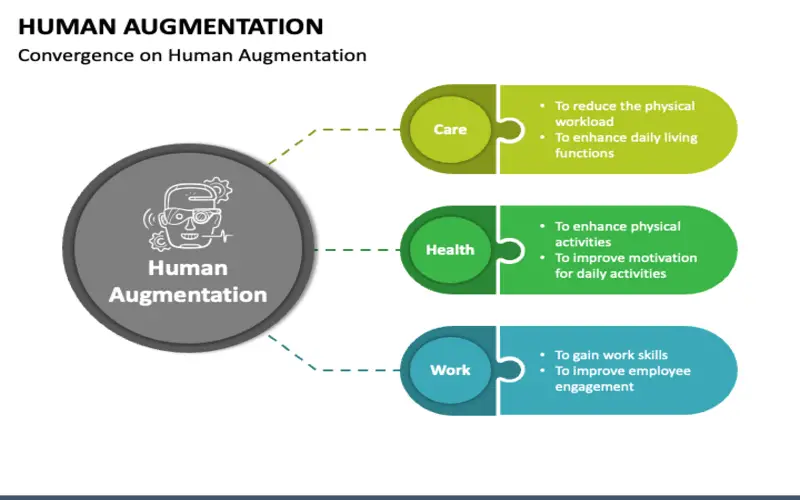What Is Human Augmentation?
Human augmentation technologies are those that improve human capacities. They initially work to raise human performance, health, or quality of life. Famous examples of human augmentation technology are tools such as cochlear implants or robotic limbs. It also applies to how humans and technology can work together, which we can see in the developing applications and abilities of artificial intelligence (AI). By merging the strengths of automation and artificial intelligence (AI) with forward human guidance, human workers, caregivers, students, and professionals in almost any kind of work can work faster and wiser.
Human Augmentation Work?
Human augmentation works by improving human capabilities through technology. Human augmentation can enhance existing skills, but humans can also enter new skills using technology. There are three distinct types of human augmentation.
Sensory – this technology is used to restore capabilities or compensate for impairments. Sensory augmentation is the improvement of human senses by interpreting multisensory details.
Action – Augmented actions focus on enhancing human physical abilities. Technology evolution has allowed people to have more accurate functions from their artificial limbs, with robotics playing a more significant role. Augmented activity technology also enhances human capabilities.
Cognitive – It looks at how computers and technology can help the mental process. Cognition Technology Goals are to enhance decision-making, memory, and attention.
1. Improved Capabilities And Collaboration
Human augmentation enables humans to improve their capabilities, whether to compensate for harm, enhance existing human skills, or extend human abilities beyond what is presently possible. Human augmentation provides new possibilities for what its method to be human and can enable human to excel beyond their natural limits.

2. Optimized Performance
Human augmentation allows us to reach more. Whether through optimized senses, higher cognitive processes, or being physically more efficient. Through the power of innovation, humans can become more robust, smarter, and healthier than ever.
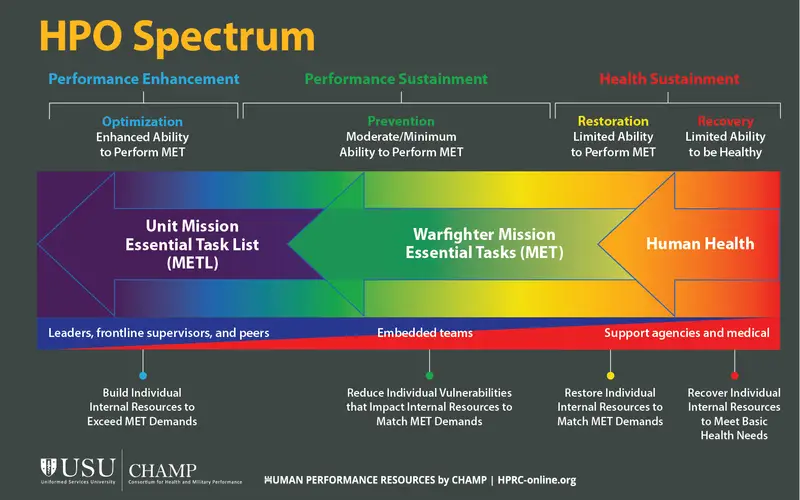
3. Range Of Applications
Human augmentation is nearly new in various industries and looks different in each. Healthcare Human augmentation has precise applications in the world of healthcare solutions, helping people to recover specific capabilities. It includes cochlear implants, bionic eye, or brain-computer surfaces (BCI) that enable people to control computers, prosthetics, or robots using their minds.
Manufacturing – AI and ML can help enhance supply chains by predicting supply rows, automating rearranging, and scheduling maintenance.
Finance– AI can be used in data analysis to detect and prevent fraud, as well as to guarantee management complies with regulations.
The Military– The capabilities of human augmentation to enhance human abilities, especially force and decision-making, make it eligible for militaries to develop a competitive edge. It can reach from AI analytics improving decision-making to exoskeletons making people physically more robust.
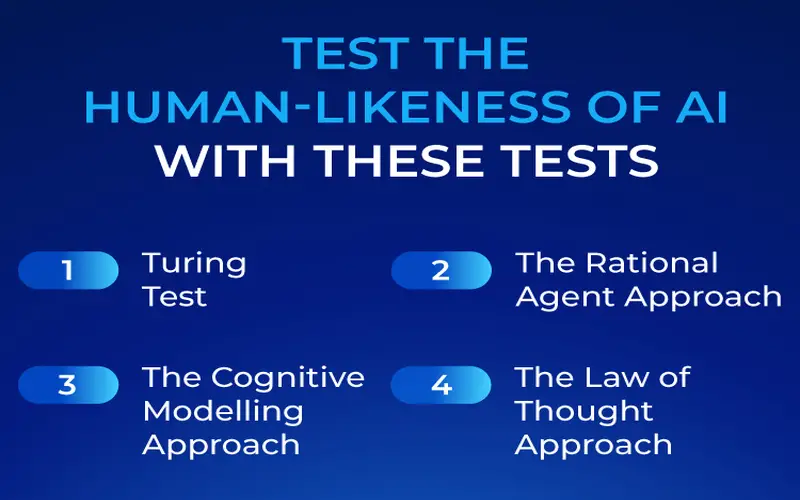
4. Ethical Questions
The conversion around human augmentation regularly raises questions about innovation, business, and social ethics. It’s partly because we don’t know how far human augmentation will go, so the possibilities are huge and unknown – and, in some cases, frightening. Human augmentation can violate the usual role of treatment and even change what it means to be human.

5. Unfair Competition Perceptions
The proposal of definite human augmentation innovation to grow strength, cognitive capabilities, and senses means that those who can provide this innovation will present partially unfair competition to those who can’t. In job applications, sorting matches, or several other arenas, human augmentation can negatively affect those who can’t access the technology.
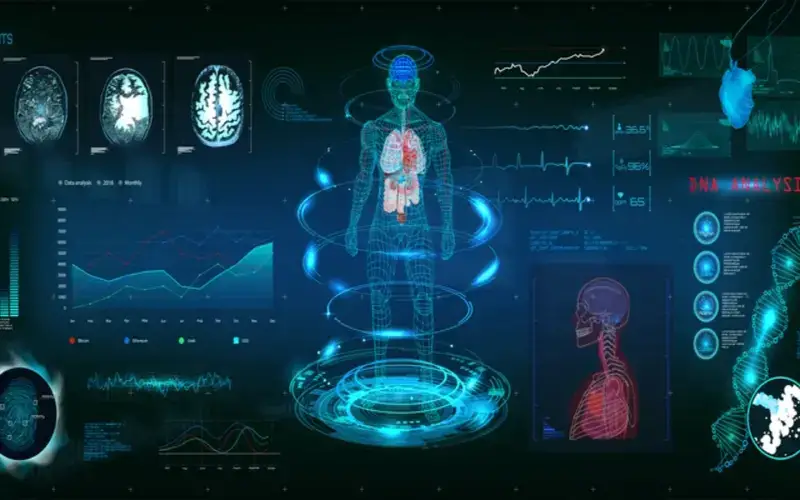
6. Other Potential Risks
When human augmentation moves into the business environment, specific risks are calculated. The introduction of technologically augmented employees means that they could outperform or replace regular employees. Employees may be discouraged from building their own skill sets as a result of the augmentation innovation, which may result in underperformance or high performance when not using the technology. Understanding and detecting both implicit and explicit arguments, as well as the participants’ intentions in various sorts of discourse.

7. Key Components
Knowing the premises from which conclusions are drawn. Establishing the burden of proof – identifying who made the original claim and, as a result, who is accountable for proving why their viewpoint ought to be accepted. The advocate, who bears the “burden of proof,” must assemble evidence for their viewpoint to convince or force the opponent’s acceptance. It is accomplished by developing valid, sound, and convincing arguments free of flaws and difficult to dispute.
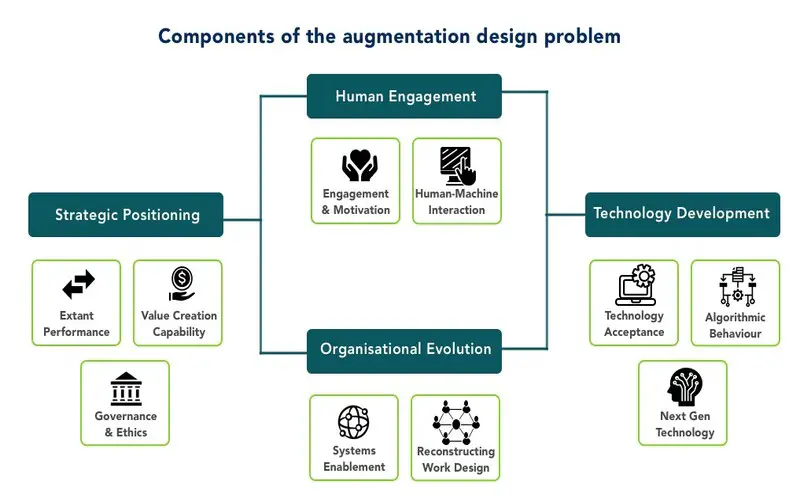
8. Relationship With Human-Cantered Intelligence
Humans use arguments to convince others in a debate to make decisions and form initial views by examining arguments for and against various perspectives. Argumentation, as practised by humans, needs to be considered for AI technology to connect meaningfully with humans.
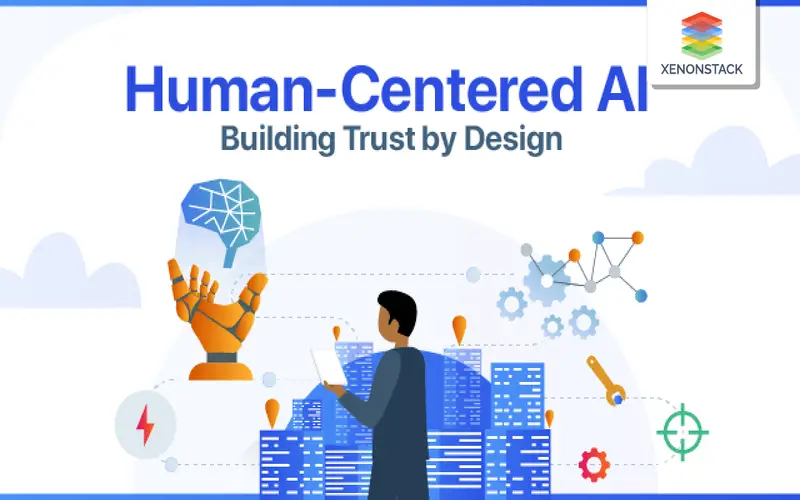
9. Brain-Computer Interfaces (BCI)
It enables a person to interact with a computer or machine entirely through their mind. While most of this technology is still in its early stages, the potential is endless. BCI is about allowing humans to receive new forms of information from their computers and sending data to them. Computers may one day be able to digitally duplicate aspects of the human experience, allowing people to interact with software using all five senses.
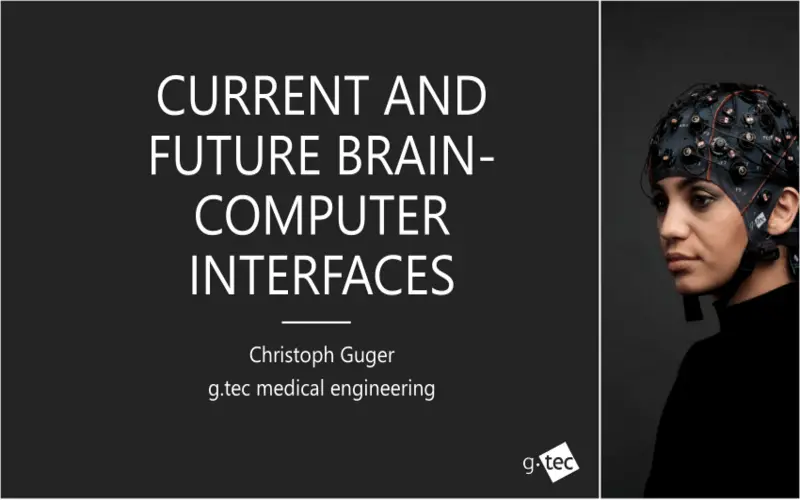
10. Improving Human Capability
Replication is the first degree of human augmentation. This term refers to any improvement replicating something an average person can already perform. You’ve likely experienced examples of duplication in your own life, such as implants. An artificial limb or arm does not provide the individual with a skill that most humans do not already have. It duplicates an existing human function and makes it available to someone who did not previously have it.
While it may appear to be the least thrilling of the three categories—no lasers or rocket packs are involved—it is, in many ways, the most important. Replication helps to level the playing field for people who survived an awful sickness or accident or who were born with problems that make it difficult for them to compete.
